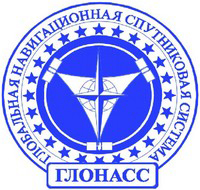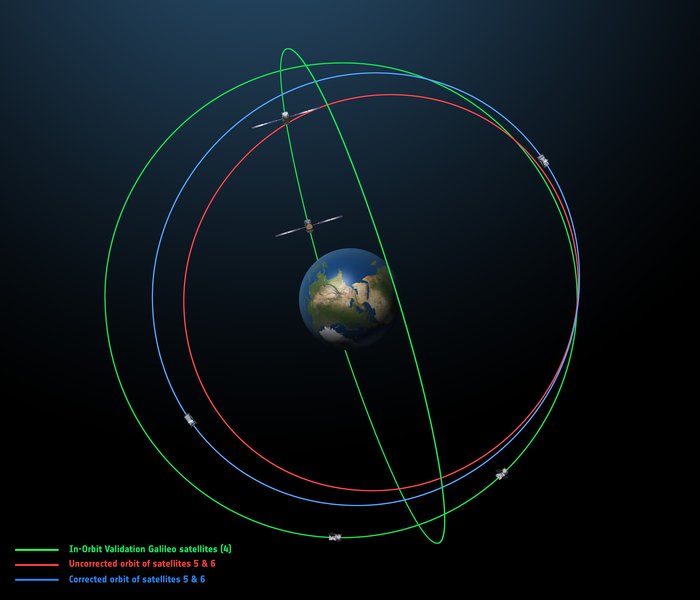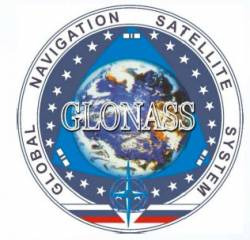GLONASS has gotten “preliminary approval” to add code division multiple access (CDMA) signals to future satellites.
Since its initiation in the early 1980s, the Russian GNSS system has employed frequency division multiple access (FDMA) techniques in which the same code is used for the signals broadcast by the system, with individual spacecraft being distinguished from one another by a specific frequency allocation. Russia would almost certainly continue broadcasting FDMA signals on existing frequencies.
GLONASS has gotten “preliminary approval” to add code division multiple access (CDMA) signals to future satellites.
Since its initiation in the early 1980s, the Russian GNSS system has employed frequency division multiple access (FDMA) techniques in which the same code is used for the signals broadcast by the system, with individual spacecraft being distinguished from one another by a specific frequency allocation. Russia would almost certainly continue broadcasting FDMA signals on existing frequencies.
That approach has left Russia as the exception to the use of CDMA signals by the U.S. Global Positioning System (GPS), Europe’s Galileo system and China’s Compass/Beidou. In CDMA systems, satellites are distinguished by different pseudorandom noise codes broadcast on the same frequencies. As a result, GLONASS signals are not as easily incorporated into user equipment that exploit a combination of GNSS systems to provide positioning, navigation, and timing (PNT).
In a presentation at the Civil GPS Service Interface Committee (CGSIC) meeting in Fort Worth, Texas, on September 25, Sergey Revnivykh said that preliminary approval had been obtained for updates to requirements documents that would allow transmission of CDMA signals on L1CR and L5R frequencies on future GLONASS satellites. That would help make GLONASS more “interoperable with GPS and Galileo.” Final approval is expected by the end of the year, Revnivykh added.
Revnivykh is deputy director general of the Russian Space Agency’s Central Research Institute of Machine Building and head of the PNT Information Analysis Center (IAC).
Past comments by Russian officials have suggested that new signals, including a third civil signal at L3 — could be implemented on the next generation of GLONASS space vehicles — GLONASS-K — that Russia will begin launching in the 2009-10 timeframe.
© Copyright Gibbons Media & Research LLC, 2007





